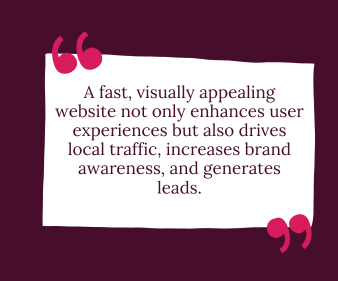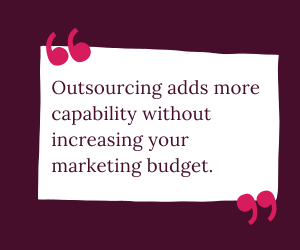So you’ve launched your new website. And it is amazing. The problem is, you don’t know if people are even seeing it. It is difficult to measure the success of your new website without tracking key performance indicators that are relevant to your business. Tracking how your site is performing is valuable and, in most cases, – free.
There are many tools at your disposal to help you understand how visitors are finding your website and what they are doing when they get there. In fact, Google has a suite of tools including analytics, data studio, tag manager and search console. Each of these free-to-use tools can help you track and improve your sites performance.
Ready to get started on setting some goals and measuring your progress? Start with understanding what is currently happening.
Analyzing Your Current Website Traffic
You must start somewhere, right? So, the first step to understanding your site performance is to set up a Se
If you are just getting started you will want to pay attention to the following metrics:
Visitors/ Users – How many people is your site attracting each month?
Bounce Rate – How many people are leaving your site from the same page they came in on without navigating to any other pages.
Acquisition – How are people finding your site? Are they coming in through organic search, referrals, or social media? What channels are driving the most traffic to your site?
Identifying Your KPI’s and Setting Your Goals
Once you know what type of traffic you want to attract and the channels you will use to do so, you can set measurable goals to improve your metrics.
A few examples might be:
Ex. I want to drive 25% more traffic to my service pages by the end of Q2.
Ex. I want to improve my organic site visits by 500 visits per month.
Ex. I want to reduce my bounce rate by 10%
Remember to tie your analytics goals into your sales goals. What metrics will lead to more sales and more success for your business?
Monitor and Adjust
With the first two steps you are well on your way to building your digital visibility. The thing is, life gets busy. Tracking metrics takes a bit of time. Be sure to make a commitment to checking in on your goals once per month.
You can even set up your KPI’s in Google Data Studio and get a report emailed right to your inbox once a month.
Remember that the goal is to grow your business and achieve your goals. In reviewing your reports and metrics, you should start to see a correlation between what is happening in your analytics and your opportunities and sales. If that correlation is positive, continue pushing forward on your newly created goals. If on the other hand, you see that you are attracting a lot of visitors but not a lot of sales or opportunities, it may be time to adjust your strategy a bit.
Growing with your website
One of the best ways to make smart decisions for your business is to rely on the insights provided by tracking and analyzing visitors and sales on your website. While there is a small learning curve to get started using the tools in this article – it will be well worth it in the long run when you have years of data to help you improve your online visibility and relationships with your customers.
Ready to take advantage of the power of analytics? Get started with a free consult.
Popular Marketing Articles









